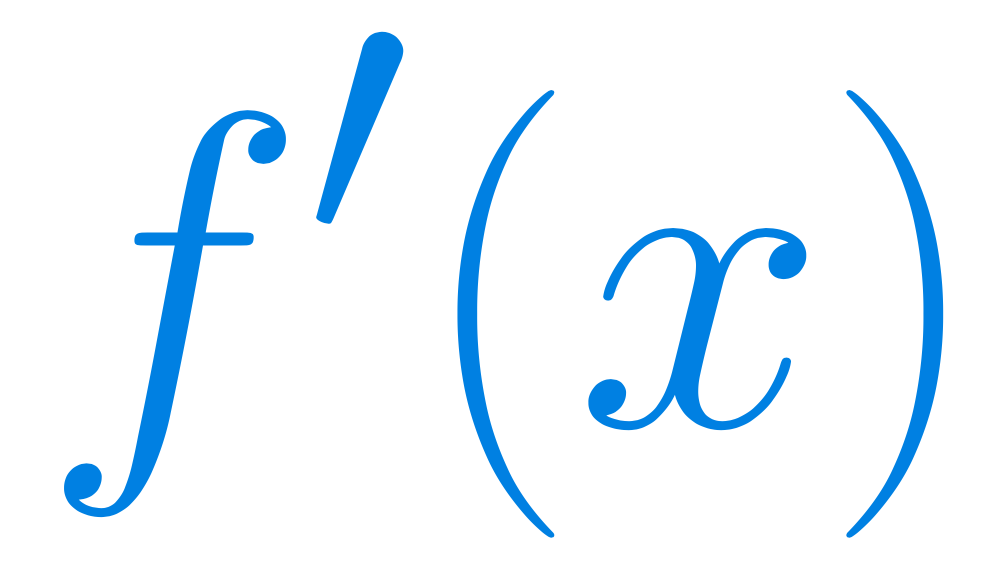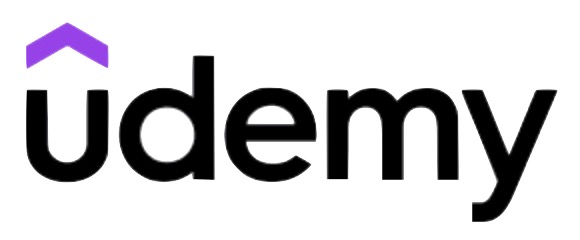Calculus 1, part 2 of 2: Derivatives with applications
A total of 56 hours of lectures
This is an academic level course for university and college engineering. Due to its size, it is divided into two parts. This page describes the second of those two parts.

Level - Intermediate
You need to be familiar with the contents of the four Precalculus courses and Calculus 1, part 1 (Limits and continuity) to comfortably follow along in this course.
Curriculum
Make sure that you check with your professor what parts of the course you will need for your exam. Such things vary from country to country, from university to university, and they can even vary from year to year at the same university.
Calculus 1, part 2 of 2
Get the outline
A detailed list of all the lectures in part 2 of the course, including which theorems will be discussed and which problems will be solved. If you are looking for a particular kind of problem or a particular concept, this is where you should look first.

Get Calculus 1 part 2 on Udemy
When you buy the course on Udemy, you get access to it for life. There is just a one-time fee. The prices do vary a lot on Udemy, but if you use our link by clicking on this panel, you will get the best current price. See also our page on “coupon codes” in the menu (the current code is TPOT_JUL25).
Course Objectives & Outcomes for part 2
Logarithmic differentiation: when and how to use it.
Use derivatives for solving optimisation problems.
